Adaptavate Case Study: Sustainable Workspaces Project – Adopting a Low Impact Design Philosophy
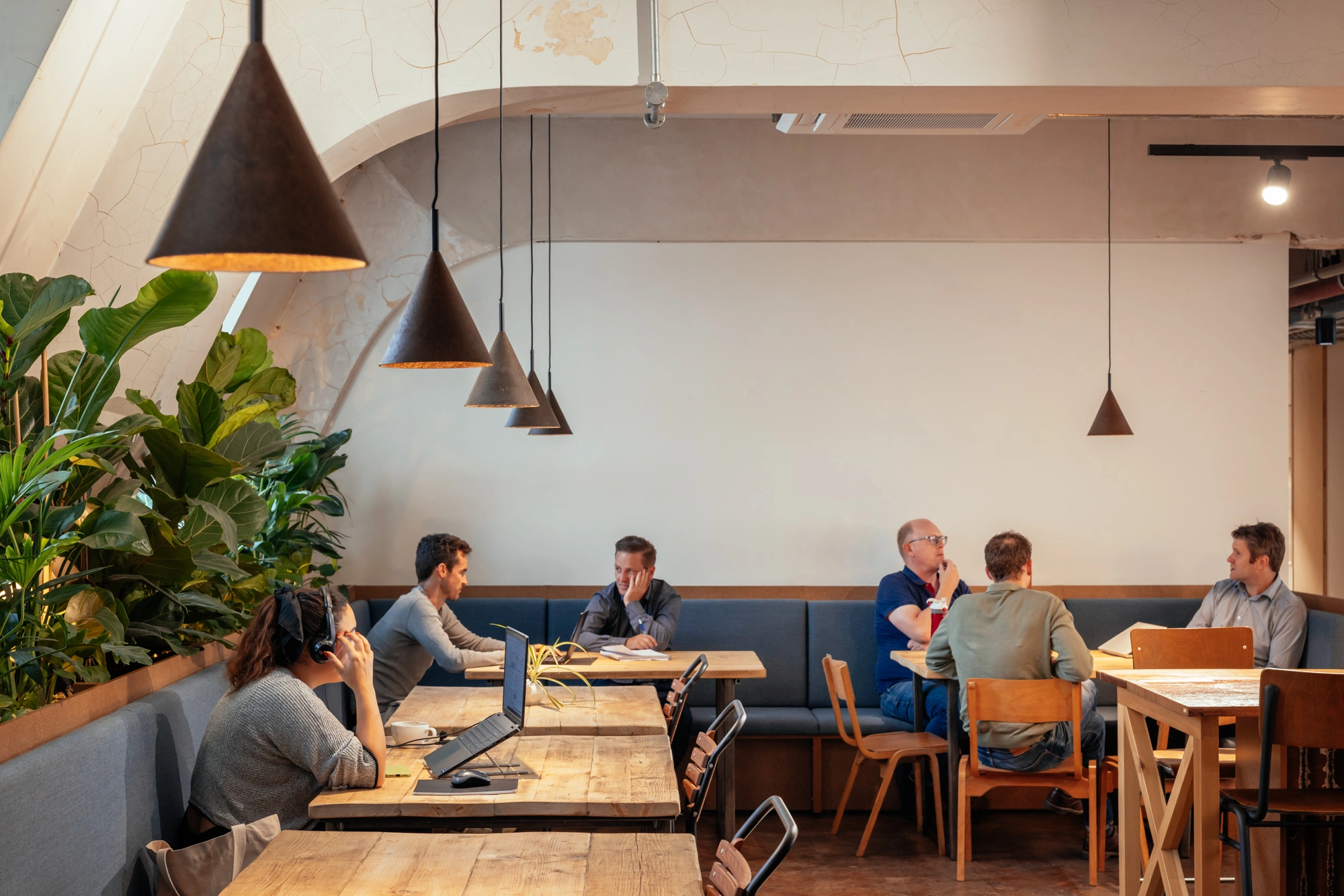
Photography by Edward Bishop
Adaptavate is a world leader in developing and industrialising low-carbon and carbon-negative construction materials. In this case study we highlight the use of Breathaplasta Universal in Sustainable Workspaces, Europe’s leading hub for sustainable companies.
This project serves as a demonstrator for sustainable materials and methods in commercial retrofitting, merging sustainability and functionality in modern workspace design. Material Works conducted a carbon calculation, revealing a saving of 1,150tn compared to typical fit-outs. The adoption of Breathaplasta, a natural lime-based plaster, contributes to enhanced air quality and reduced carbon footprint.
 The project was sustainable office spaces so the client was attracted to the sustainability credentials of Breathaplasta. The ability to easily achieve a textured finish was also important from a design perspective, it was important to the client that the space looked good.
- David Rome from Rome Plastering Services
The project was sustainable office spaces so the client was attracted to the sustainability credentials of Breathaplasta. The ability to easily achieve a textured finish was also important from a design perspective, it was important to the client that the space looked good.
- David Rome from Rome Plastering Services
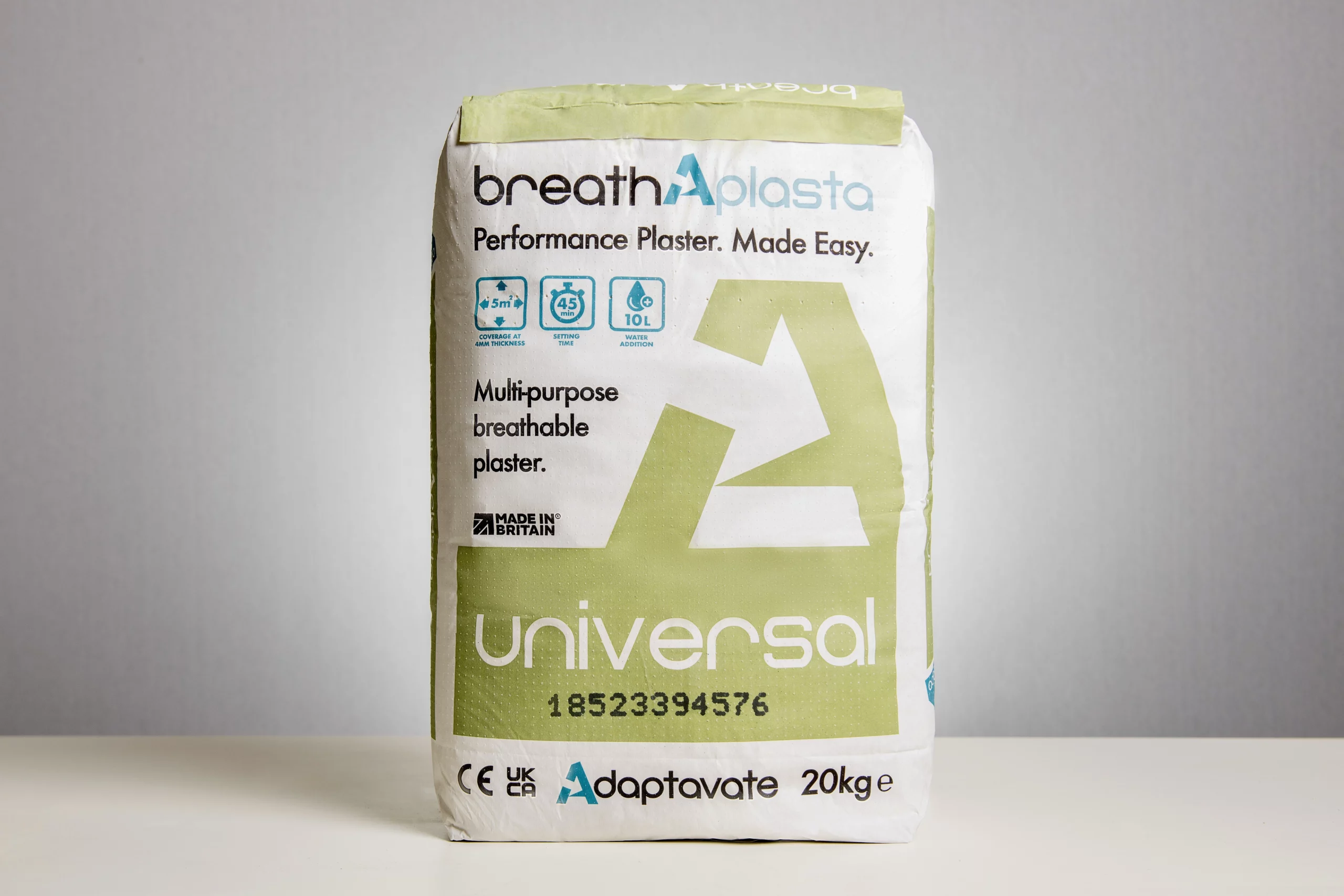
Image from Adaptavate
A rare chance to transform a landmark historical structure into an inspiring new home for a community of up-and-coming climate tech companies was presented by Sustainable Workspaces at County Hall.
By using a low impact design philosophy that minimises embodied energy, the design served as a testing ground for cutting edge materials and methods that offer an alternative approach for workstation retrofit.
About Sustainable Workspaces
Sustainable Workspaces is a branch of Sustainable Ventures – a full service ecosystem for sustainable start-ups that provides investment, community, innovation and workspace. Having out-grown their previous location, Sustainable Ventures acquired 3,600 sqm within part of the 5th floor of County Hall – a grade II* listed building and former home of the Greater London Council. Material Works were commissioned to work up designs that articulated the space through a series of interventions to enable the new use. These included the creation of private offices, event spaces, innovation labs, cafés and break-out areas. The existing space had been untouched since the Greater London Council vacated in the 1980s, providing a unique context of historic finishes as the backdrop for the new works.
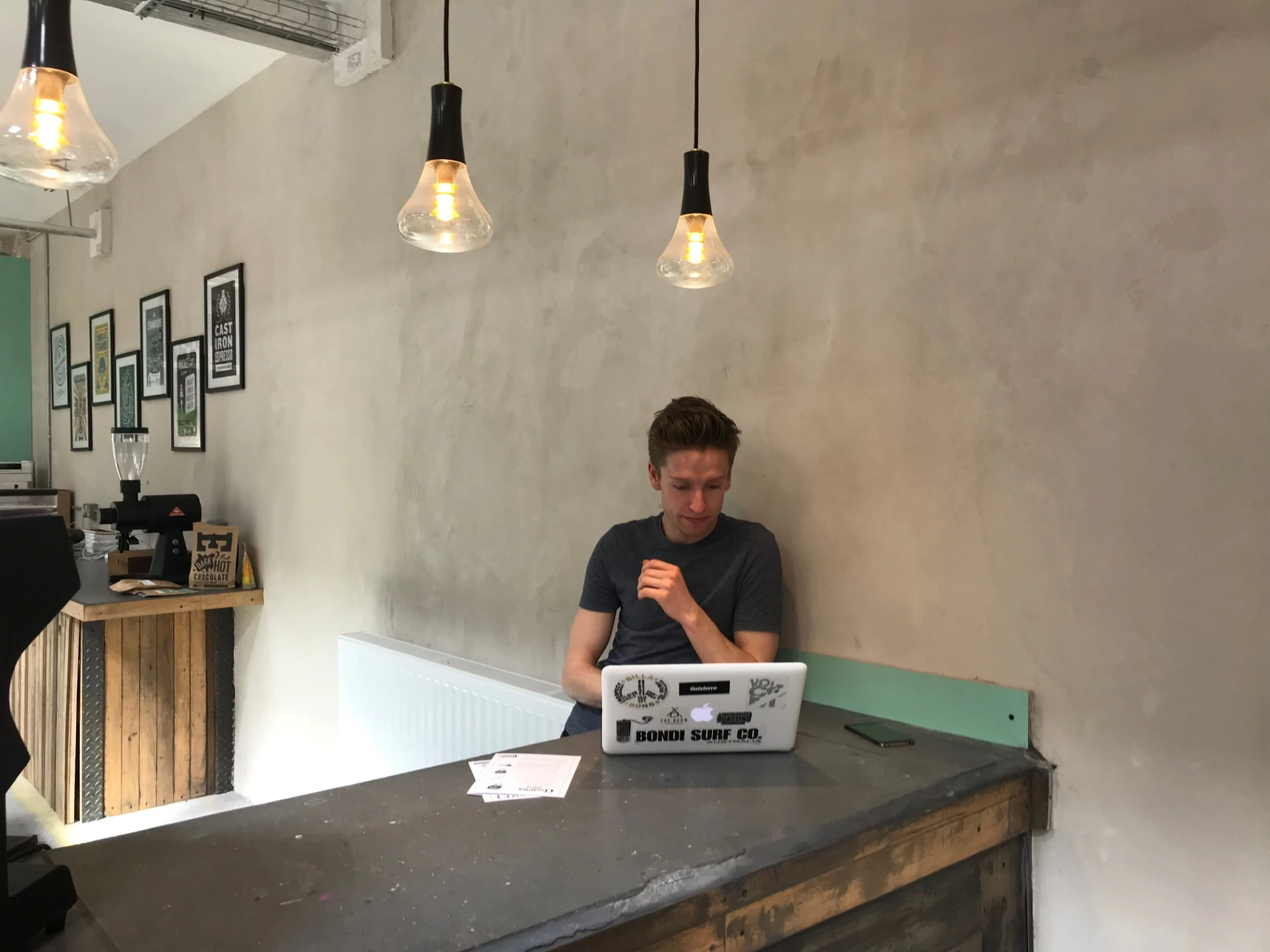
Image from Adaptavate
 Health and wellbeing alongside sustainability is very important to us and was a reason for deciding on Breathaplasta. The natural finish of the product also enabled us to complete without the need for any paintwork - making it more sustainable and more cost effective.
- Sustainable Workspaces
Health and wellbeing alongside sustainability is very important to us and was a reason for deciding on Breathaplasta. The natural finish of the product also enabled us to complete without the need for any paintwork - making it more sustainable and more cost effective.
- Sustainable Workspaces
Comparing the design choices to a standard workplace fit-out, embodied carbon was drastically reduced. In comparison to a normal office fit-out, Material Works’ carbon calculation for the works indicates a total save of 1,150 tonnes of carbon.
Five guiding principles were considered during the design process:
- Light touch retrofit
- Adaptable / reusable interventions
- Reclaimed furniture and fittings
- Low carbon materials
- Natural materials and processes
Let’s dig deeper into each.
Light Touch Retrofit
At the start of the design process, existing fabric and fittings that might be reused were identified, and plans were then created around retaining as much of these as possible. Only damaged portions needed to be repaired, and the finished product celebrated the “as found” character rather than seeking for a uniform appearance. There was a significant decrease in the amount of materials used and the embodied energy as a result of challenging the notion of what defines a finished surface. The existing flooring, plaster, doors, and windows were also retained, with new décor restricted to high-traffic areas and parts that were expected to wear out.
Adaptable and Reusable Interventions
Only those additions to the area that are necessary for its intended purpose and occupants’ comfort are considered new structures and interventions. Partition walls and joinery were designed using durable materials and arranged into modular, demountable systems to provide lifespan and decrease waste at the end of use. This facilitates the easy adaptation, relocation, and complete disassembly of components into reusable base materials. As part of a long-term collaboration with Sustainable Workspaces to develop a fully demountable system, U-build produced modular furniture and partitions. The ply-wood design has minimal mechanical fittings and can easily be re-configured to different layouts, moved to new locations or completely disassembled into reusable timber. A large portion of the wall modules used at County Hall were successfully de-mounted and moved from Sustainable Workspace’s previous home on a lower floor, with adaptations and reconfigurations ongoing to meet the changing requirements of occupiers.
Reclaimed Furniture and Fittings
Throughout the space, reclaimed fittings and furniture were sourced either from site demolition or external reclamation yards. These included reclaimed WCs and cisterns, light fittings, doors and furniture.
Low Carbon Materials
When new materials were needed, they were selected to minimise the significant carbon output that comes with using conventional building materials. Focus was given to materials that utilise agricultural or industrial by-products, exploit existing waste streams or are derived from carbon sequestering forestry. Examples include joinery finishes created from waste coffee and vegetables, carpentry using composite boards formed from agricultural waste, cork flooring, mycelium acoustic baffles, and a countertop formed from reclaimed building rubble. Degradable bonding agents and processes received more attention in order to guarantee that particular materials might be readily recycled after usage.
Natural Materials and Processes
Wherever possible natural materials have been chosen that are biodegradable and free from toxins and VOCs that can cause health issues. The use of natural lime plasters and lime based paints improves air quality as well as significantly reducing the project’s carbon footprint due to their low energy production methods. Accompanying this is the inclusion of extensive integrated planting that further benefits air quality and psychological well-being.

Image from Adaptavate
 Everything in this building is sustainable - there are things in here that you won’t find in any other building. Using Breathaplasta is part of that narrative and is an important contribution to our becoming a demonstrator for the most sustainable materials and methods in a commercial building.
- Sustainable Workspaces
Everything in this building is sustainable - there are things in here that you won’t find in any other building. Using Breathaplasta is part of that narrative and is an important contribution to our becoming a demonstrator for the most sustainable materials and methods in a commercial building.
- Sustainable Workspaces
Adaptavate on 2050 Materials
2050 Materials partnered up with Adaptavate to encourage carbon change in the construction industry and help support the preservation of our planet.
Discover the full properties of Breathaplasta Universal on app.2050-materials.com here and reach out to us on info@2050-materials.com for more information.
Sources
Adaptavate – Case Study, Sustainable Workspaces
2050 Materials – Breathaplasta Universal
Related articles
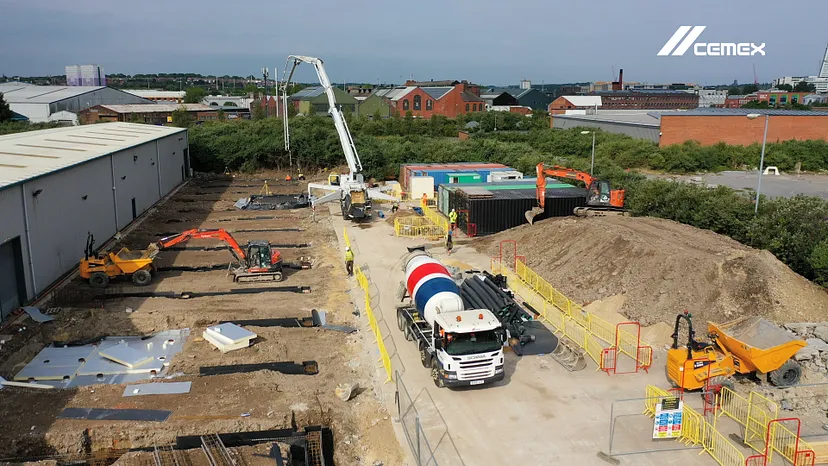
Case Study: Citu Climate Innovation District
As the desire to build lower carbon housing grows, Citu’s Climate Innovation District in Leeds stands as a blueprint for environmentally conscious development.
Read more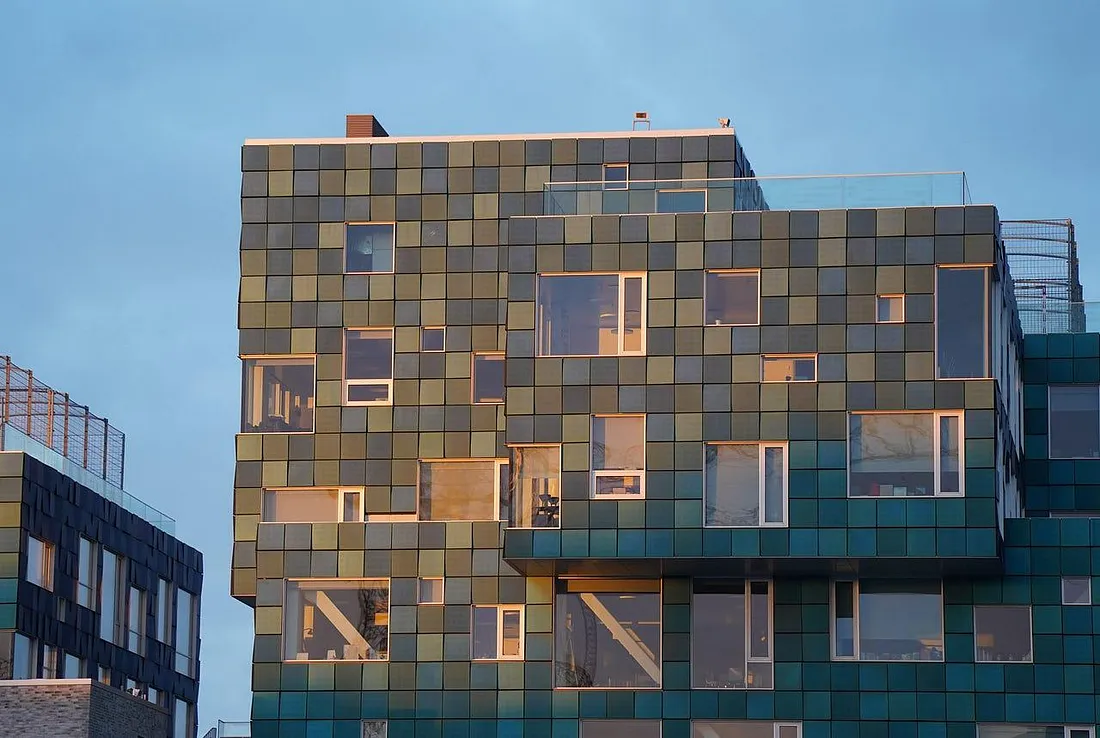
Harnessing Solar Power and Energy Efficiency: SolarLab’s Innovative Facade Solutions
SolarLab is harnessing solar power and energy efficiency providing an innovative solution that not only pays for itself but also generates energy.
Read more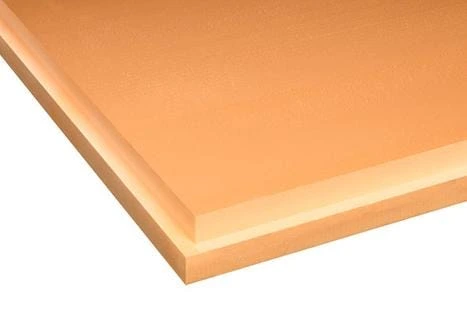
Thermal Insulation Solutions For Modern Construction Needs
In this article we explore the benefits of SOPREMA XPS Thermal Insulation Boards as a solution for modern construction needs while promoting sustainability.
Read more